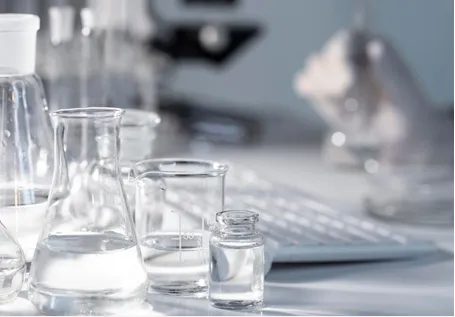Chemical Additives in Plastics
Plastics have become integral to modern life, playing a crucial role in various industries, from packaging to automotive and electronics. However, the properties of basic polymers often fall short for specific applications, necessitating the use of chemical additives. These additives are essential for optimizing performance, enhancing durability, and ensuring safety.
Chemical Additives in Plastics
Stabilizers are another critical class of additives, primarily used to protect plastics from environmental degradation. Ultraviolet (UV) stabilizers prevent the harmful effects of sun exposure, which can cause discoloration and loss of mechanical properties. Similarly, antioxidants help to inhibit oxidative reactions that can lead to material breakdown during processing or over time.
chemical additives in plastics

Flame retardants are vital in applications where fire safety is a priority. These substances reduce the flammability of plastics by slowing ignition and combustion. However, the use of certain flame retardants has raised environmental and health concerns, prompting research into more sustainable options that do not compromise safety.
Colorants and fillers also play a significant role in plastic production, enhancing aesthetic appeal and improving mechanical properties. Colorants allow for a wide range of visual customization, while fillers can improve strength and reduce production costs. Common fillers include talc and calcium carbonate, which can also modify thermal and electrical properties.
Despite the benefits of chemical additives, their use has drawn scrutiny regarding environmental impact and human health. Many additives may leach into the environment or pose risks during the recycling process. Consequently, regulatory efforts are increasing to ensure the safety of these substances and promote the development of biodegradable or non-toxic alternatives.
In conclusion, while chemical additives are crucial in refining the characteristics of plastics, ongoing research and innovation are needed to balance performance with safety and environmental sustainability. As the demand for eco-friendly materials grows, the plastics industry must adapt, fostering a future where performance and environmental responsibility coexist.

